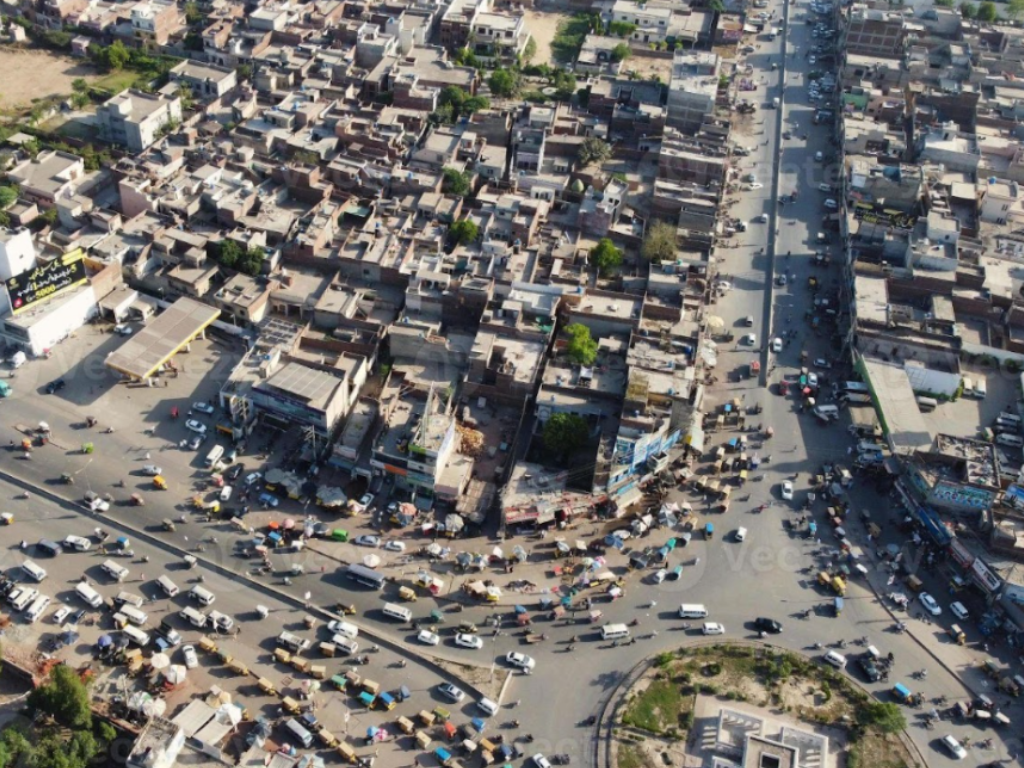Bengaluru’s climate realities are no longer future tense. They show up in shrinking green cover, overheated summers, erratic water access, and floods that overwhelm drains and livelihoods alike. These impacts are not evenly distributed, but neither are the tools to respond. Even as the city acknowledges this, another quiet hurdle persists, with a structural question often going underexplored: why do well-intended climate efforts stall before they reach the ground?
The answer often lies in how cities function, not on paper, but in practice.
Fragmented Systems Can’t Solve Interconnected Crises
A few weeks ago, I spoke with residents near a stormwater drain in Domlur. After a late-night downpour flooded their homes, they tried to fix it through official channels. First to the ward committee, then the engineering section, then the stormwater cell, and back again. It was eventually resolved, weeks later, by an emergency clearance. But no one could say why it hadn’t been prevented.
Climate action isn’t a standalone task. It cuts across how we plan roads, manage drains, power homes, maintain trees, and run transport. In Bengaluru, this means coordinating the city corporation, electricity supply agency, stormwater department, and transport board, each with its own mandates, budgets, leadership, and decision cycles.
This fragmentation is not just theoretical,; it’s operational. When systems don’t speak to each other, even basic interventions like shaded bus stops or clean footpaths, hit procedural dead ends: Who owns it? Who maintains it? Who’s accountable?
This disjunction of operation and execution was evident during the 2022 urban floods. The technical fixes,de-silting, buffer restoration, and zoning enforcement were all known. But they required collaboration between city planners, engineers, enforcement bodies, and stormwater authorities. That collaboration rarely arrived in time. Each department acted, but not always together, not aligned. An IISc study confirms that poor institutional coordination has severely weakened flood resilience in peri-urban Bengaluru.
When responsibility is diffused across systems, no one is quite accountable, and everyone waits for someone else to move first.
When Action Waits for Crisis, Resilience Falls Behind
Climate governance tends to remain reactive, responding to crisis, not anticipating it. The result is that action often arrives too late or too fragmented to build resilience at scale.
Urban City systems are usually built to respond, not to anticipate. Preventive action rarely takes precedence over emergency work. So, drains get cleaned after waterlogging, trees get replaced after felling complaints, and budget lines open after the crisis headlines fade.
This reactive posture slows down resilience-building at scale and leaves the most vulnerable perpetually behind.
Governance also falters on a second axis: funding. Climate challenges don’t fit neatly into one file. But our budgets still do. While climate response lives in everything, from the materials we build with to the transit we fund, most allocations remain locked in vertical silos: water, energy, sanitation, roads.
Even when money exists, it often comes in short-term tranches, such as CSR funds, donor projects, without long-term integration into departmental plans. These efforts, however well-meaning, risk fading out before the next funding cycle begins.
Worse, climate spending often lacks clear visibility in core municipal budgets. There’s little clarity on who monitors progress or flags when timelines slip. An accountability review by the Centre for Budget and Governance Accountability (2023) showed that few Indian cities, including Bengaluru, track their climate investments consistently. What begins as a vision often stalls for lack of a steward.
To Unstick Climate Action, We Must Name the Real Barriers
Until now, we’ve looked at climate stress from the outside in, from those who feel it first and worst. But part of the problem also lies inside out, in how we govern, allocate, and align.
Understanding this systemic design gap is not about blaming institutions. It’s about being clear-eyed on why even ambitious and well-meaning solutions so often get stuck. Because if we don’t name these barriers, we risk misdiagnosing the problem altogether.
And climate action that misdiagnoses can never truly solve.nd, even the best plans risk becoming PDFs that never leave the desk.


